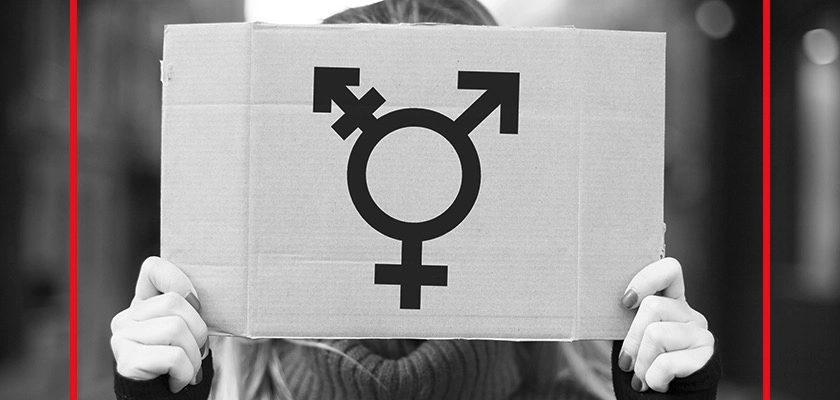"The Sociology of Transgender People in the Time of COVID-19"- Richard Ellefritz, Ph.D. | March 2021
During the COVID-19 pandemic, feeling comfortable in their own skin and aligning with identity became more challenging for some transgender individuals.
Assistant Professor of Sociology
University of the Bahamas

Gender, sex, and sexuality are topics of central concern in sociology. While biological sex categorizes most people as either male or female, gender refers to the socially constructed behaviors associated with masculinity and femininity. Sexuality refers to the set of desires, attractions, and romantic preferences of individuals. Not everybody falls into one of the two traditional categories of being either male or female, man or woman. According to a 2016 study, roughly 1.4 million people (about 0.6% of the population) in the United States do not align with the traditional gender binary in which one’s gender matches their sex assigned at birth, known as cisgender, and instead, identify as transgender. Transgender individuals match their bodily appearance with their internal, subjective sense of identity. Gender expression is achieved by altering one’s hair, clothing, adornments, makeup, and other means of projecting to others one’s own sense of self that does not conform to heteronormative standards. The sociology of transgender people helps us understand the complexity of the various ways that people manage their appearances in a world that has historically been less than accepting of those who do not follow traditional gender norms. Transphobia, or disgust and hostility shown toward transgender persons, results in prejudice, discrimination, harassment, and violence. In addition, psychological distress can result from the knowledge and understanding of this type of bigotry in society.
For USA Today, David Oliver interviewed members of the LGBTQ community to discover how the COVID-19 pandemic affected their ability to project to others their gender identity, sexual orientation, or both. Many people were unable to visit their hair salon as a result of the response to the COVID-19 pandemic. For some transgender persons, this meant either having longer hair than preferred, thus reducing the appearance of masculinity, or going without appointments for wigs and cosmetics that project femininity. With appearances being an important component for transgender people feeling comfortable in their own bodies, lack of access to these services caused personal disruptions that many cisgender people could overlook. This is not to say that there were not cisgender people who also wanted to visit their salons for a haircut. Combating gender dysphoria, which refers to “psychological distress that results from an incongruence between one’s sex assigned at birth and one’s gender identity” (APA 2021), is often achieved through managing one’s appearance. This became much more difficult for some people when salons were closed. However, since many people experienced the same situation, communities on the Internet developed tutorial videos for how to do at-home haircuts and other cosmetic treatments. People also had the opportunity to spend time at home experimenting with new styles and interacting with people on conferencing programs (i.e., Zoom, Skype, etc.) without having first managed their appearances.
Questions for Discussion
- How much control over your appearance did you have as a result of the COVID-19 pandemic? Was lack of control a problem for you? What are the sociological reasons for this?
- Think deeply about the variety of societal sources behind the opportunities and constraints on transgender people’s lives during the COVID-19 pandemic. What do you think is the prime source of these opportunities or constraints in society?
- What types of research methods could you use to investigate the variety of experiences members of the Transgender community had during the COVID-19 pandemic, and how might you use them to contribute to the sociology of transgender people?
References



